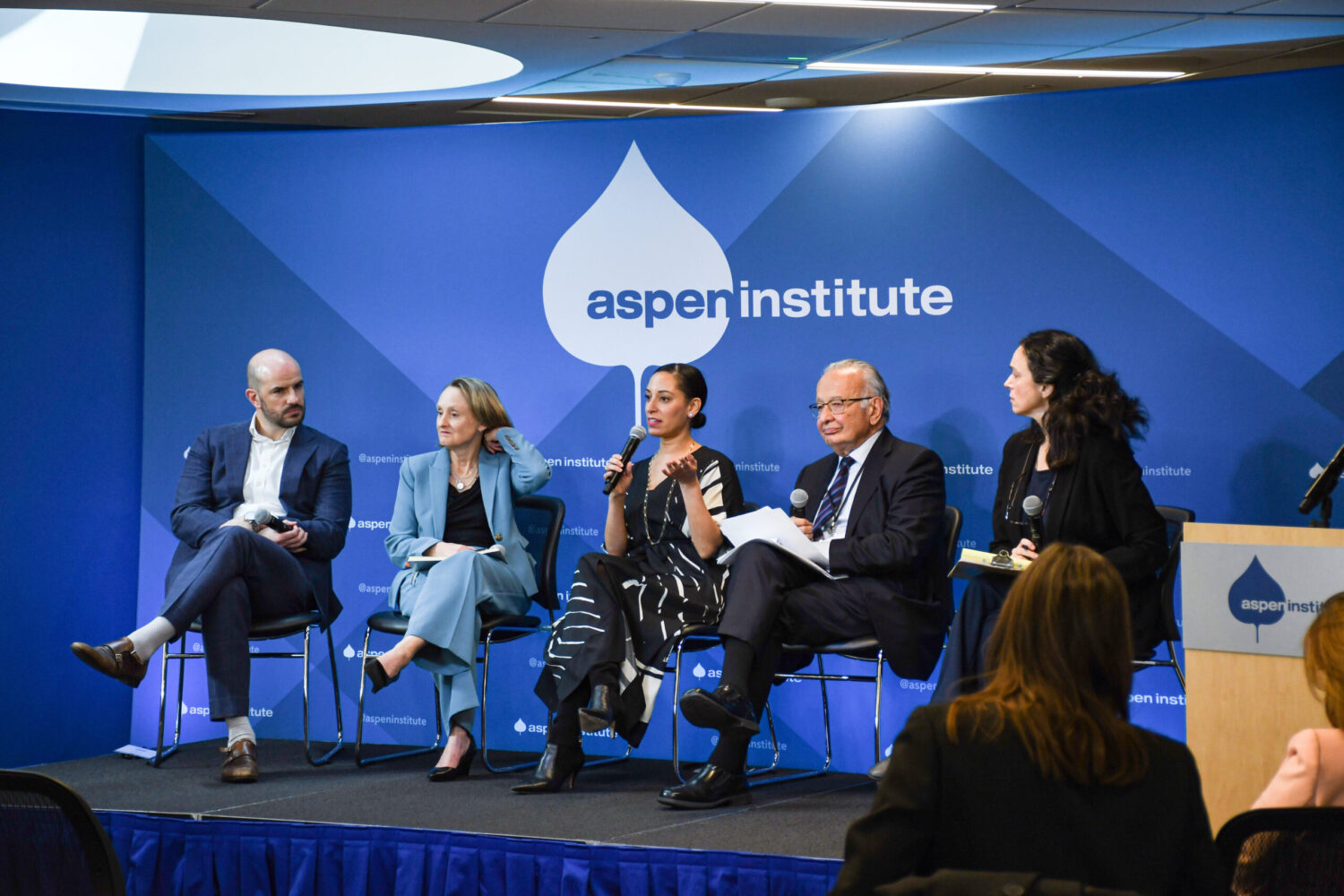One of the enduring raps against impact investing is the scarcity of exits that return capital to investors. The acquisitions this summer of green cleaning brand Method Products Inc. and GoodGuide, a consumer products rating service, may help to allay such concerns.
Both of the private-equity backed companies delivered solid cash-on-cash returns to their financial backers. And in both cases, social benefits were not incidental, but integral to the businesses’ growth and were key factors that made them attractive to their acquirers.
Consider Method, a San Francisco-based supplier of eco-friendly household and personal care products. The company was bought in September by Ecover Belgium NV, which pioneered green cleaning products in Europe in the late 1970s.
Because Method’s value was based on its environmental reputation, there was little risk the right kind of buyer would abandon the mission. “In some ways the market polices itself,” observes Scott Potter, founding managing partner of San Francisco Equity Partners, one of Method’s major investors.
Founded in 2000 by entrepreneurs Adam Lowry and Eric Ryan, Method was a fast-growing business by the time San Francisco Equity Partners came along in 2005. SFEP, which specializes in midmarket consumer growth companies, led a $5.46 million financing round alongside early angel backers and other co-investors.
“We’re not a double-bottom line investor as such,” says Potter. “That said, we got involved in Method’s natural, organic cleaning brand of products whose business proposition was to effect social change by asking people to buy cleaner products.”
SFEP seeks companies whose products have shown consumer adoption and built a platform to scale up. Even though they may not be profitable, ideally its targets generate about $5 million to $20 million in revenue. The firm, which typically writes equity checks of between $10 million to $20 million, is an early backer of Tel Aviv, Israel-based Yes To Inc., a consumer products company known for its ‘Yes to Carrots’ line of natural personal-care products.
Method, at the time of SFEP’s investment, had less than $20 million in revenue. By 2011 that number was approaching $100 million.
When it came time to exploring potential exits, SFEP followed the usual path for any private equity investor: Find the best buyer to produce the best possible return in the most appropriate time frame. There are any number of consumer product enterprises that play in its sector that are also very acquisitive. “But we needed to find someone that values natural consumer brands,” Potter says. “That was clearly on the criteria list.”
It found a match with Ecover, a maker of biodegradable soaps, detergents and related products. Ecover’s purchase of Method — the price was not disclosed — opens the way for global expansion. The merged entity would have combined sales of about $200 million and employ around 300 people.
GoodGuide’s mission is likewise baked into its business. GoodGuide.com was founded in 2007 as an online resource and a rating system that evaluated the health, environmental and social impacts of consumer products. Its team of scientists and engineers developed a series of online and mobile applications available for free.
GoodGuide now claims to be able to provide instant environmental, health, and social data on over 175,000 products and 5,000 companies. But its business plan required deepening the customer base to the industrial side, which required significant marketing dollars. That led to its acquisition, in September, by UL Environment, a unit of UL (Underwriters Laboratories), a Northbrook, Ill.-based safety certification and consulting company.
Raising money from mission-oriented investment firms proved a challenge at first, recalls Dara O’Rourke, the University of California environmental science professor who co-founded GoodGuide. The problem was that such groups were geared to do either early angel rounds or mezzanine level funding, leaving a gap in between.
GoodGuide turned to Silicon Valley shops. When it behaved just like a typical tech startup, talking with about 30 to 40 VCs about a new tech-driven business, it became an easier sell. In January 2009 it raised $3.73 million from Draper Fisher Jurvetson and New Enterprise Associates.
“We were fortunate to get capital from large, long-term investors that were not after a quick flip,” O’Rourke says.
Ten months later, it landed another $5.5 million, this time from “green” investors — Physic Ventures and New Island Capital, both of San Francisco.
Both the Series A and B sponsors saw in GoodGuide a “potentially big, disruptive idea” that could bring transparency to the market and could make money either from consumer or from retailers, O’Rourke says. “I think it’s also fair to say that the Series A investors want companies to build a better world.” He said having explicit goals for sustainability as well as environmental, health and safety benefits is “a positive.”
GoodGuide meanwhile had developed a more ambitious revenue-building model based on business-to-business tools that help retailers make informed decisions on what to stock on their shelves. These expanded tools allowed them to get competitive insights on the science side about what consumers think when they buy certain products, O’Rourke explained.
But to move on to the next phase meant a considerable step up in capitalization. Its discussions with potential financial partners focused on “three to four strategics.” That led to discussions with UL Environment about a potential acquisition.
For GoodGuide’s existing investors, finding the right buyer for GoodGuide meant “additional conversations on mission alignment,” O’Rourke says. “They weren’t looking just to sell and get out, and that limited the types of organizations only to the ones that offered the right cultural fit.”
Impact investors will want to watch Method and Good Guide under their new owners for additional evidence of whether mission-alignment indeed offers mission insurance after an acquisition. But the two deals suggest that the need of private equity investors for liquidity events can can in some cases be reconciled with continuity of mission and values. Both founders and early investors want the mission in which they invested to not only live on, but grow with additional resources.
Says O’Rourke, “That to me was a very important component of our conversation.”










